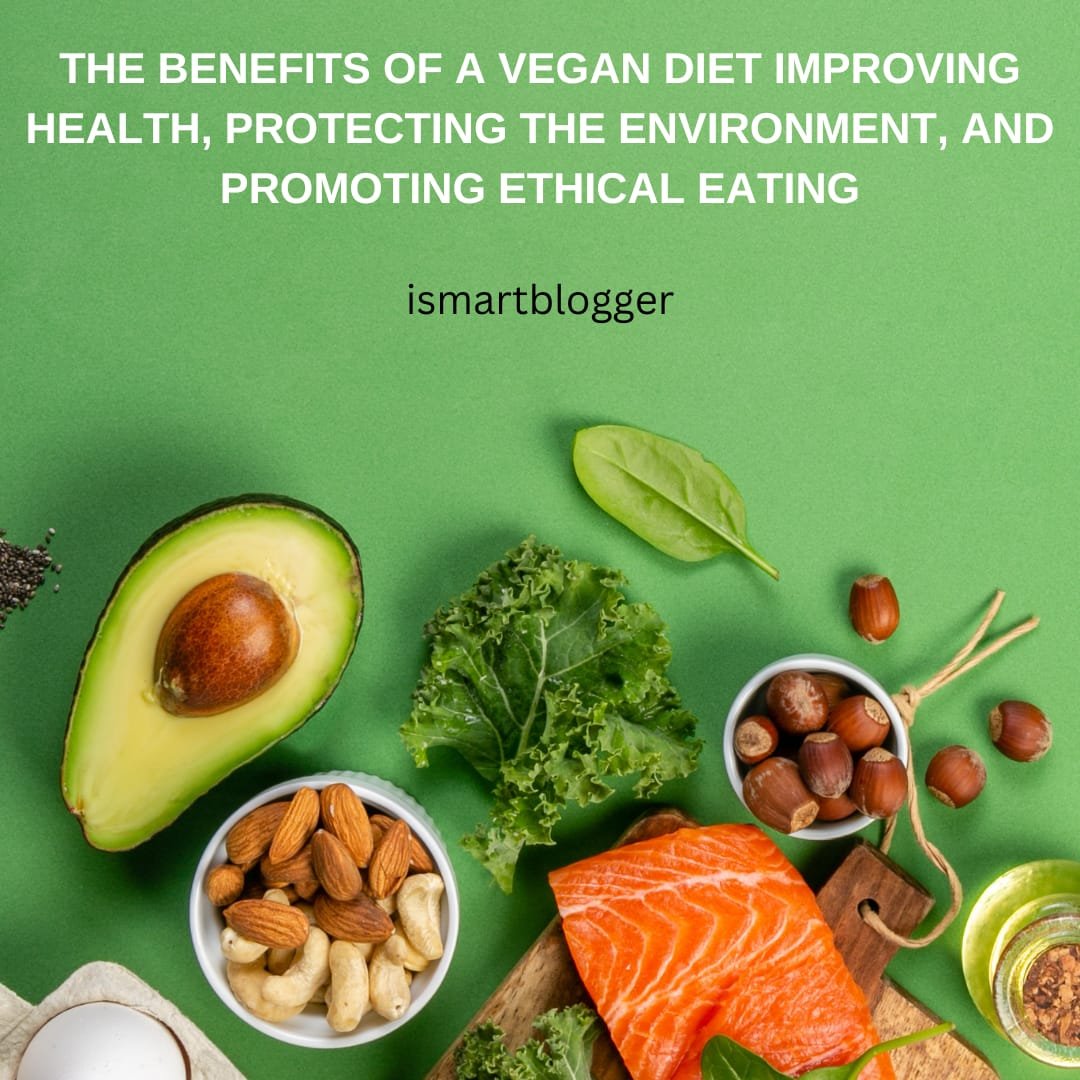Discover the plant-based keto diet—a modified version of the traditional keto diet that harnesses the power of healthy plant-based fats, proteins, and carbs. Unveil its benefits—weight loss, blood sugar control, and chronic disease risk reduction. Unravel the macronutrient ratios and the essence of gradual transition. Explore a sample meal plan featuring a vegan keto smoothie bowl, salad, stuffed portobello mushrooms, and more. Obtain expert tips to maintain nutritional balance, handle social situations while dining out, and stay on track. Dive into the world of nutrient-rich, satisfying plant-based keto meals with ease and success.
Introduction:
The plant-based keto diet is a modified version of the traditional keto diet that emphasizes plant-based sources of fat, protein, and carbohydrates. While traditional keto diets typically rely on animal products for their high fat and protein content, plant-based keto diets use healthy plant-based sources of these nutrients. Some benefits of a plant-based keto diet include improved weight loss, better blood sugar control, and reduced risk of chronic diseases.
2. How to Start a Plant-Based Keto Diet
To start a plant-based keto diet, it’s important to understand macronutrient ratios. On a traditional keto diet, the macronutrient ratio is typically 70-80% fat, 10-20% protein, and 5-10% carbohydrates. However, on a plant-based keto diet, the macronutrient ratio may vary slightly. Aim for a ratio of 70-75% fat, 20-25% protein, and 5-10% carbohydrates.
Plant-based sources of fat include avocado, nuts, seeds, and coconut oil. Protein can be obtained from plant-based sources such as tofu, tempeh, seitan, and legumes. Low-carbohydrate plant-based foods include leafy greens, cruciferous vegetables, and berries.
It’s also important to gradually transition to a plant-based keto diet. Begin by reducing your carbohydrate intake and gradually incorporating more healthy fats and proteins into your diet.
3. Sample Meal Plan
Here’s a sample plant-based keto meal plan to get you started:
Breakfast:
Keto vegan smoothie bowl made with avocado, coconut milk, spinach, and berries.
Lunch:
Vegan keto salad with tofu, avocado, and mixed greens topped with olive oil and vinegar dressing.
Dinner:
Vegan keto stuffed portobello mushrooms filled with a mixture of tempeh, spinach, and vegan cheese.
Snacks:
Vegan keto trail mix made with nuts, seeds, and coconut flakes, or celery sticks with almond butter.Here’s a sample meal plan to give you an idea of what a day on a plant-based keto diet might look like:
Breakfast:
Keto Vegan Smoothie Bowl
1/2 avocado
1/2 cup frozen berries
1/4 cup coconut milk
1 tbsp chia seeds
1 tbsp almond butter
1 tsp vanilla extract
1 cup kale or spinach
Blend all ingredients together and top with unsweetened coconut flakes, sliced almonds, and hemp seeds.
Lunch:
Vegan Keto Salad with Tofu and Avocado
1 cup mixed greens
1/2 cup cherry tomatoes
1/2 cup cucumber
1/2 cup baked tofu
1/2 avocado
2 tbsp olive oil
1 tbsp apple cider vinegar
1 tsp dijon mustard
Salt and pepper to taste
Toss greens, tomatoes, and cucumber with the dressing (olive oil, apple cider vinegar, dijon mustard, salt, and pepper). Add baked tofu and avocado on top.
Dinner:
Vegan Keto Stuffed Portobello Mushrooms
4 large portobello mushroom caps
1/2 cup chopped spinach
1/4 cup chopped sun-dried tomatoes
1/4 cup chopped walnuts
1/4 cup nutritional yeast
2 tbsp olive oil
Salt and pepper to taste
Preheat the oven to 375°F. Remove the stems from the portobello mushrooms and clean them with a damp cloth. In a bowl, mix the chopped spinach, sun-dried tomatoes, walnuts, nutritional yeast, olive oil, salt, and pepper. Stuff the mixture into the mushroom caps and bake for 20-25 minutes.
Snacks:
Vegan Keto Trail Mix, Celery Sticks with Almond Butter
For the trail mix, combine unsweetened coconut flakes, sliced almonds, pumpkin seeds, and a few dark chocolate chips. For the celery sticks, spread almond butter on top for a protein-packed snack.
4.Tips for Success
To ensure you’re getting enough nutrients on a plant-based keto diet, make sure to include nutrient-rich plant-based foods such as leafy greens, non-starchy vegetables, and berries. You may also want to consider taking supplements such as vitamin B12 and omega-3 fatty acids.
To stay on track with your diet, it’s helpful to meal prep and plan your meals in advance. Find support and accountability through a community of like-minded individuals or a registered dietitian. And don’t forget to practice self-care to avoid slip-ups and setbacks.
5. How to Handle Social Situations and Dining Out
Dining out on a plant-based keto diet can be a challenge, but it’s possible. Look for dishes that are high in healthy fats and protein, such as salads with avocado and tofu, or grilled vegetables with nuts and seeds. Communicate your dietary needs to your server and don’t be afraid to ask for substitutions.
6. Ways to Stay on Track with a Plant-Based Keto Diet
Meal prepping and planning can be helpful when following a plant-based keto diet. Take some time at the beginning of the week to plan out your meals and snacks, and consider prepping some of the ingredients in advance to make cooking easier. Finding support and accountability can also be helpful, whether it’s through a friend or a community online.





